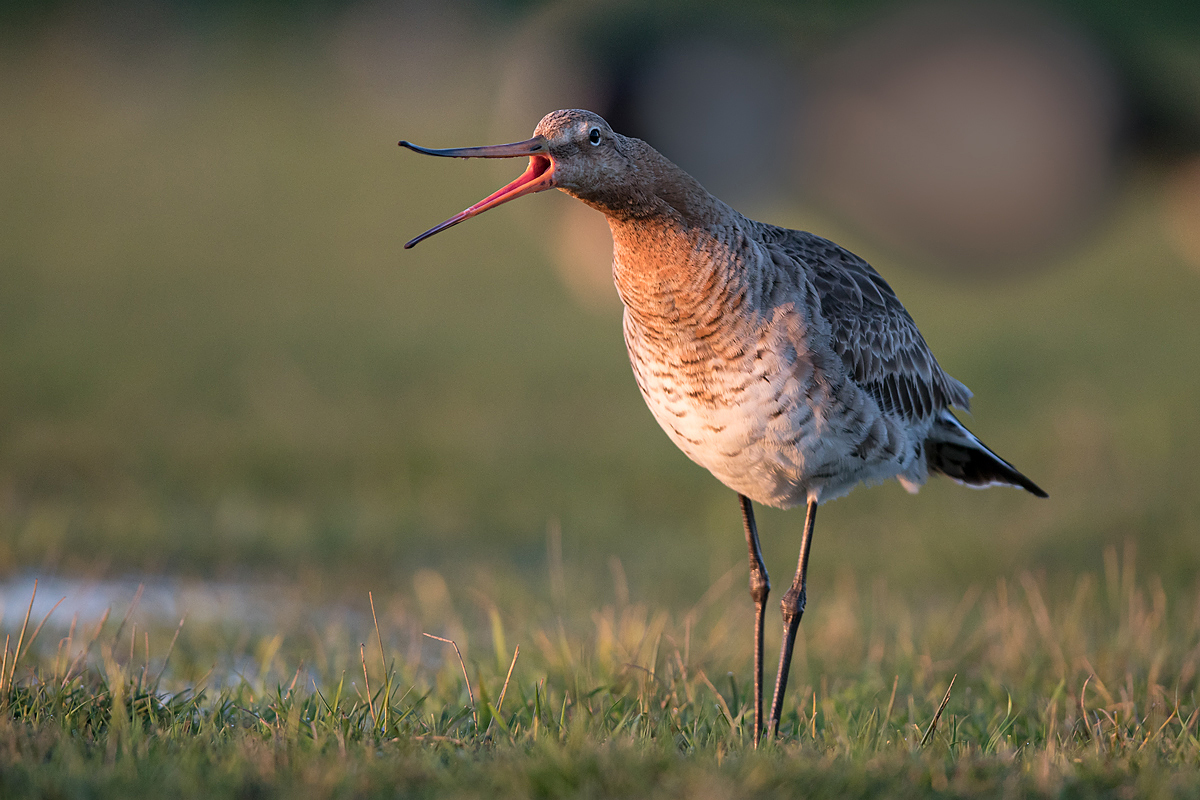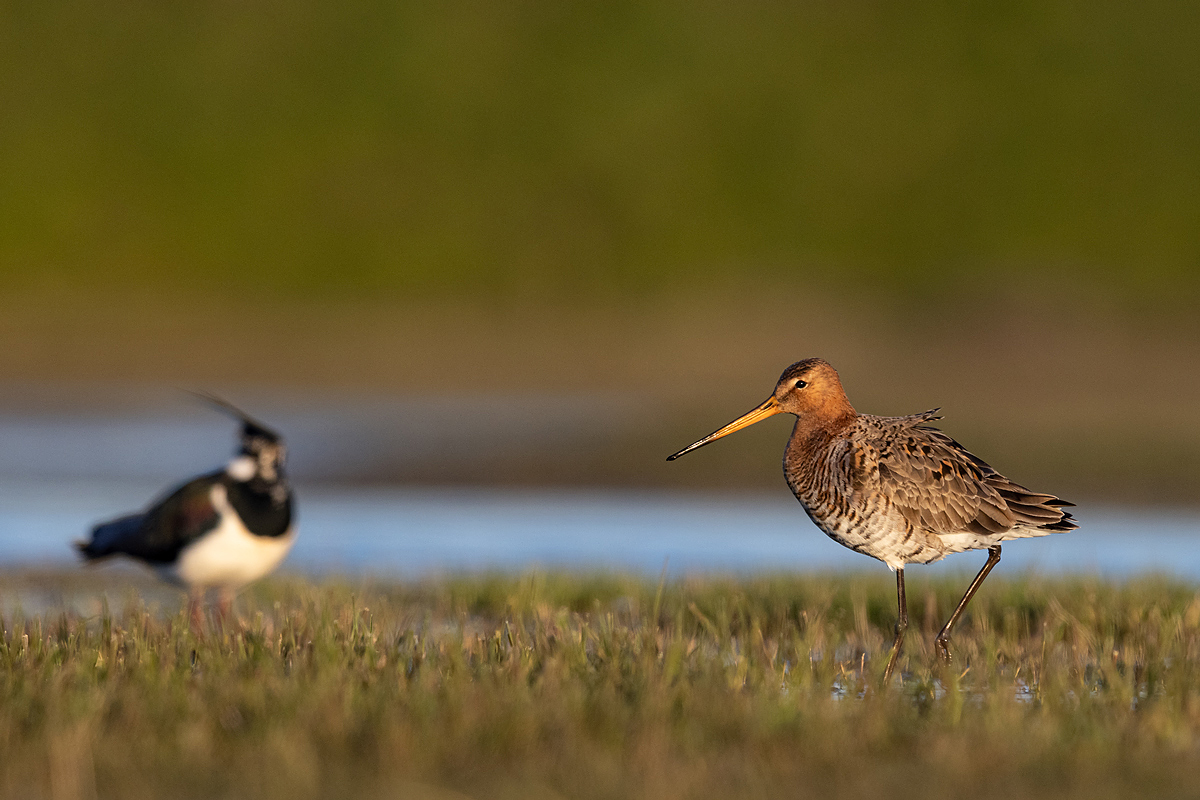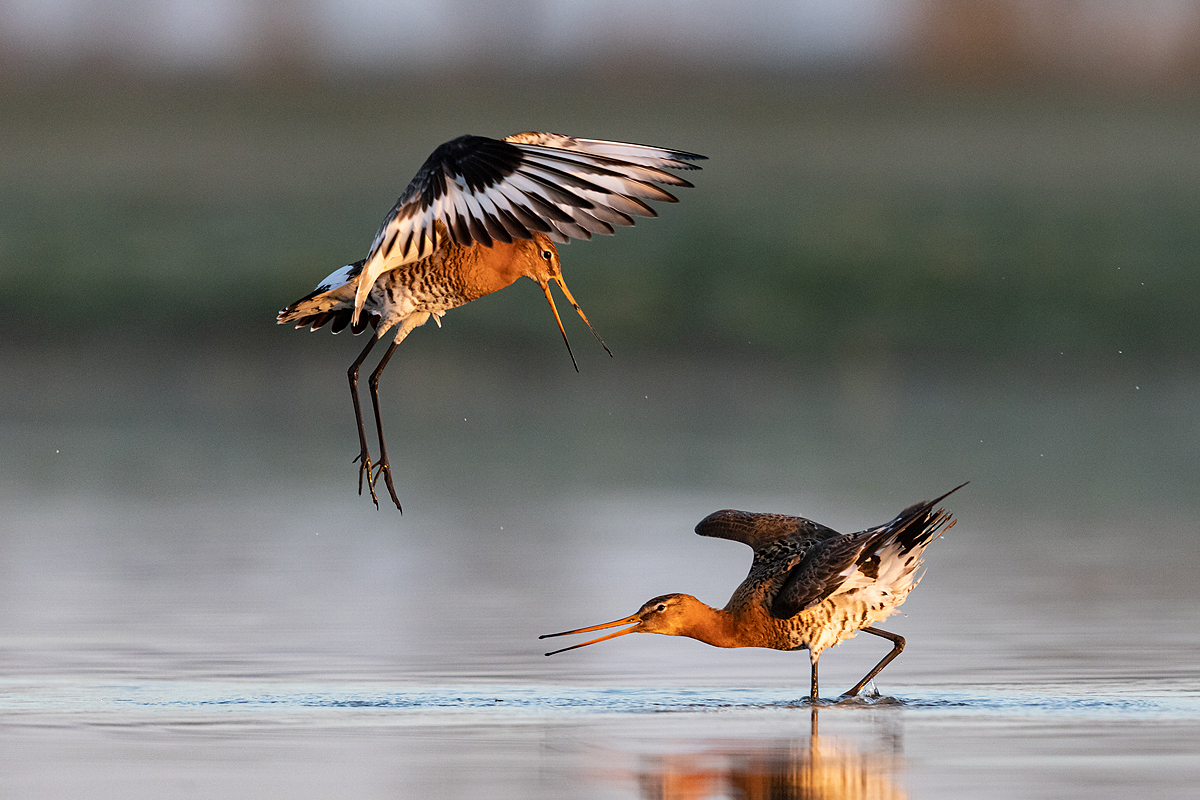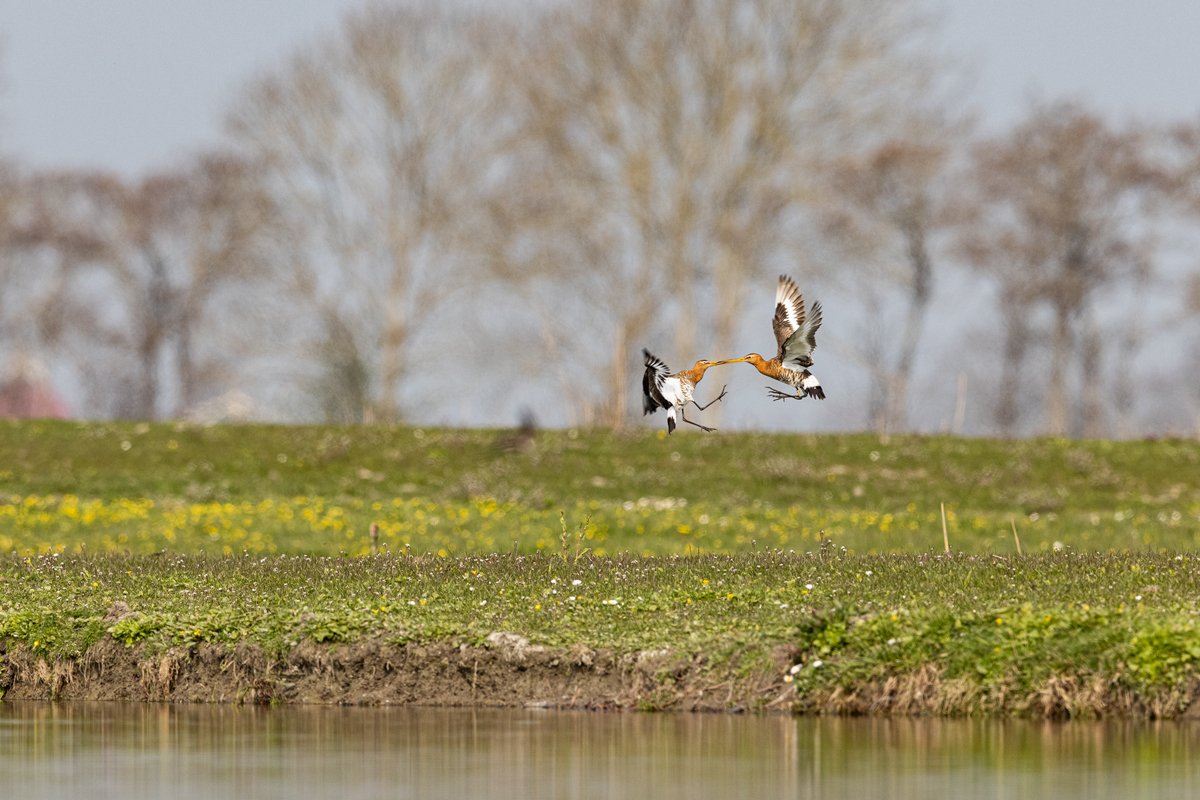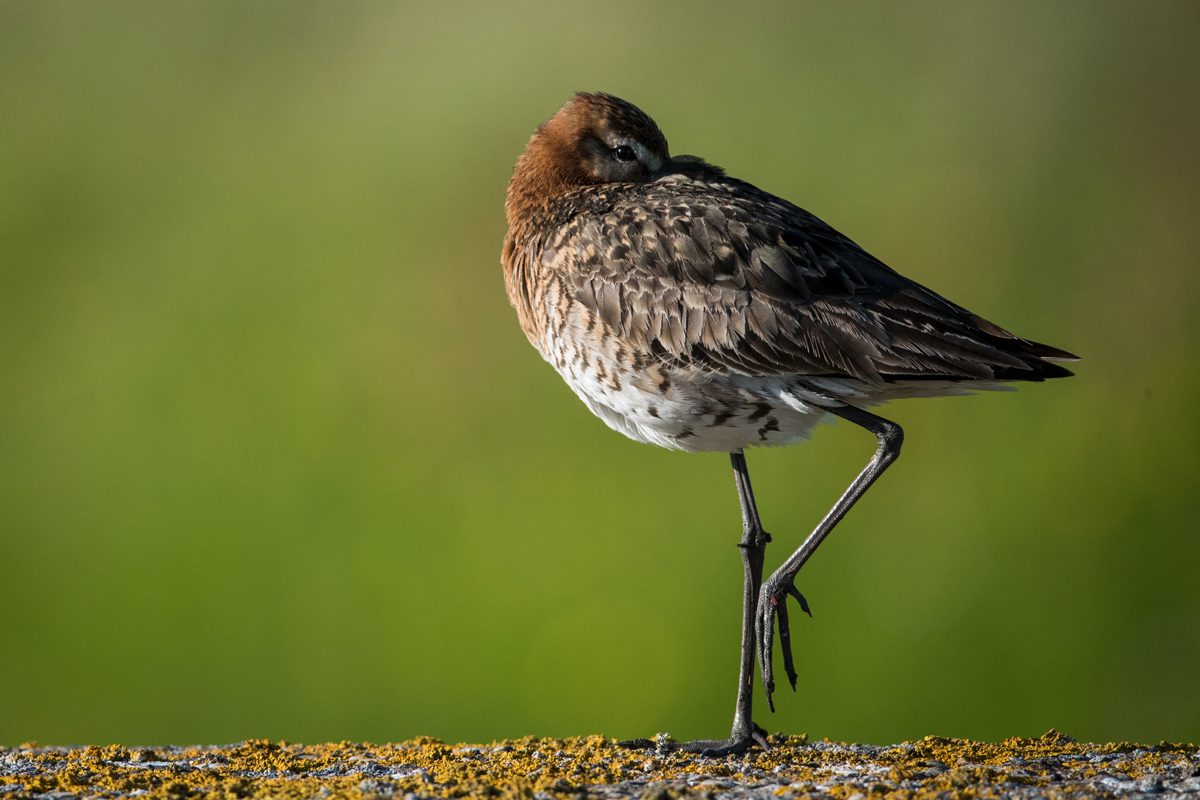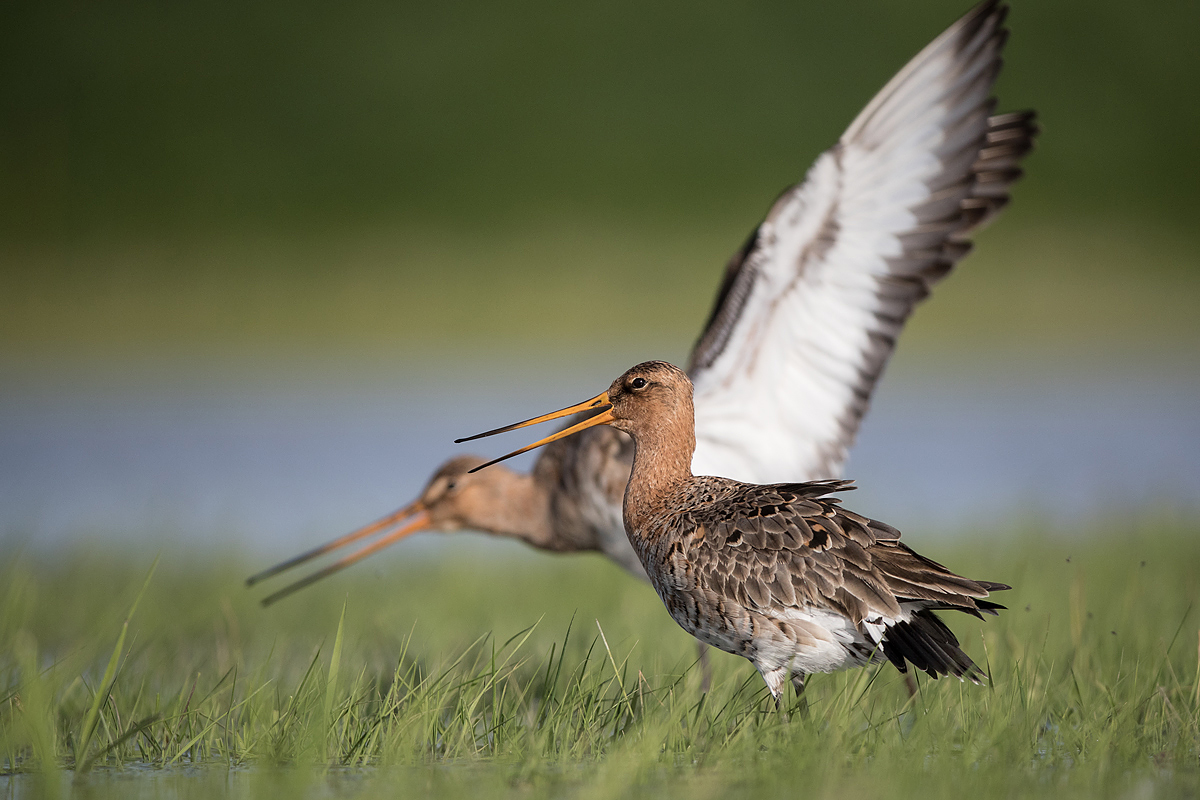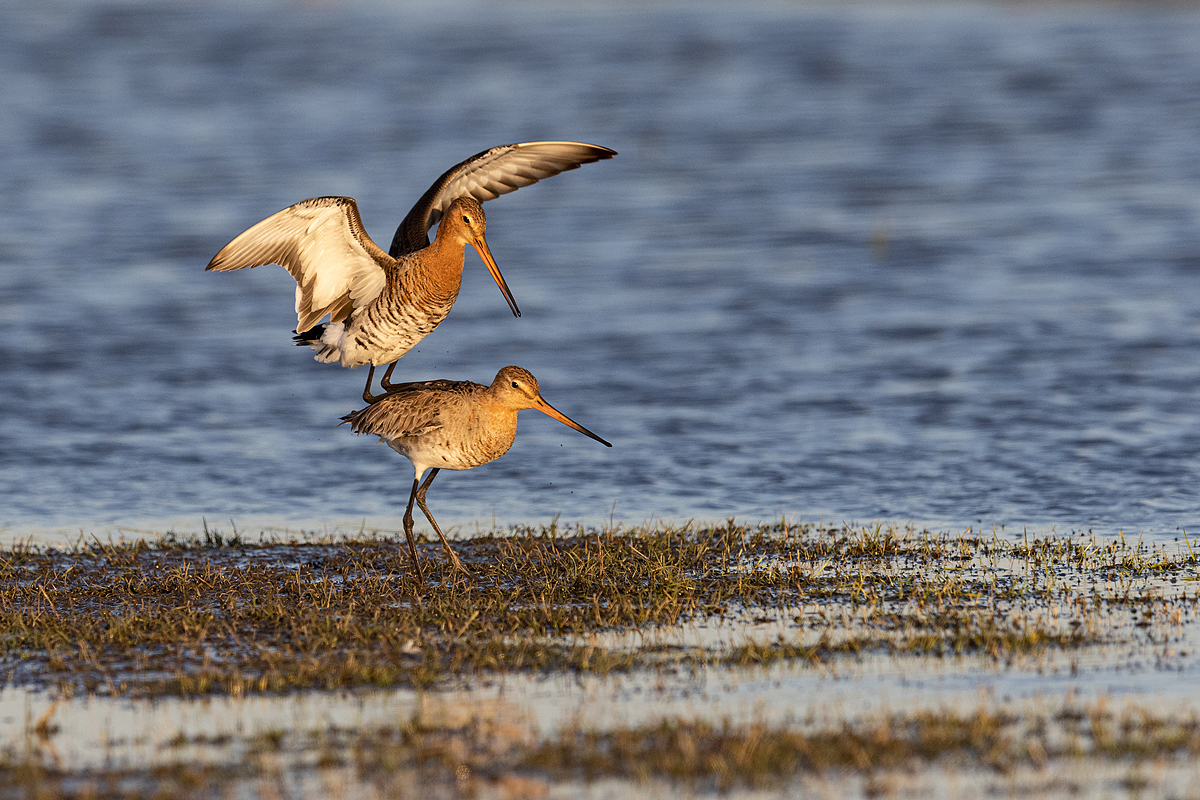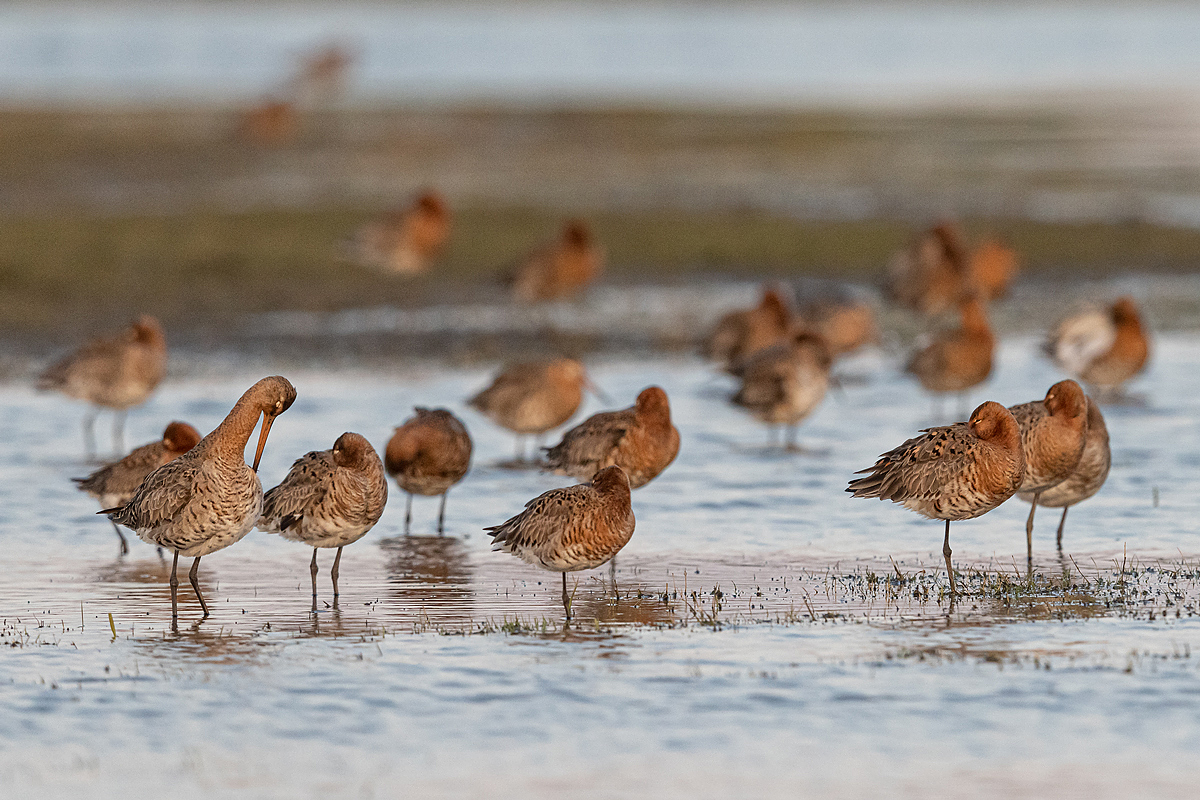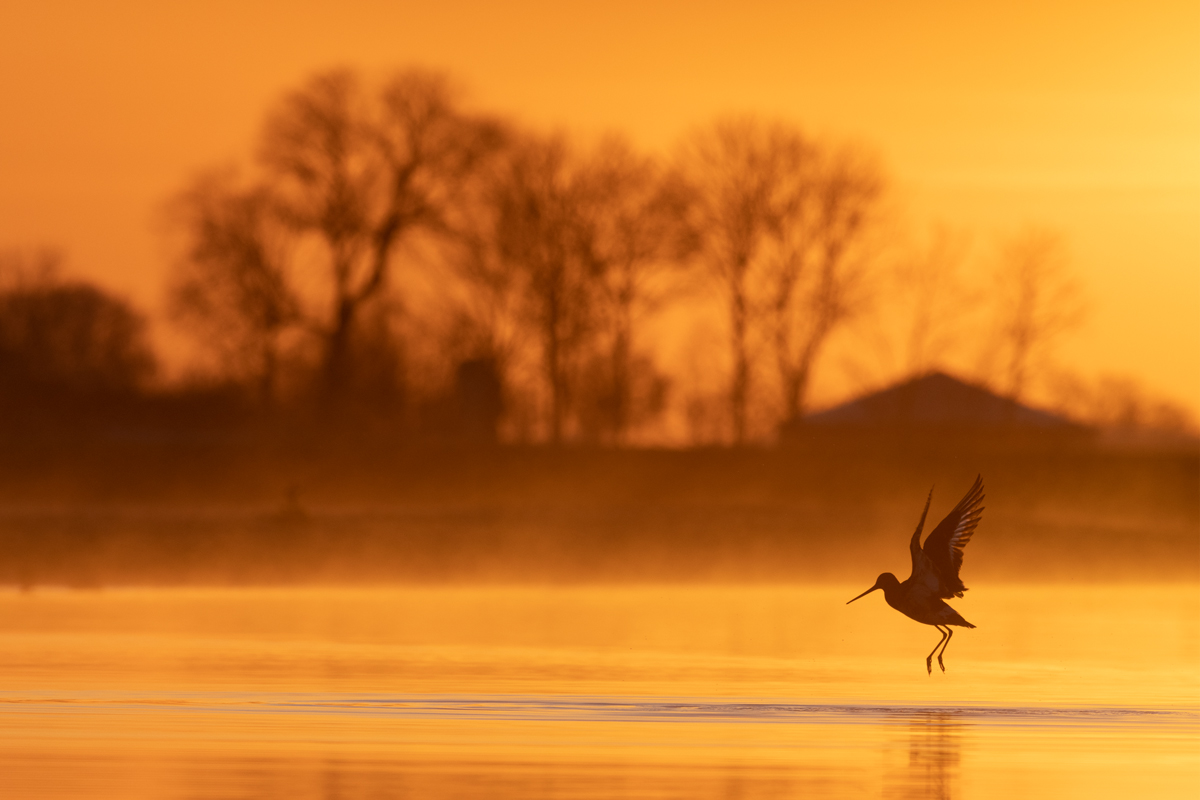Grutto, the king of the meadow birds
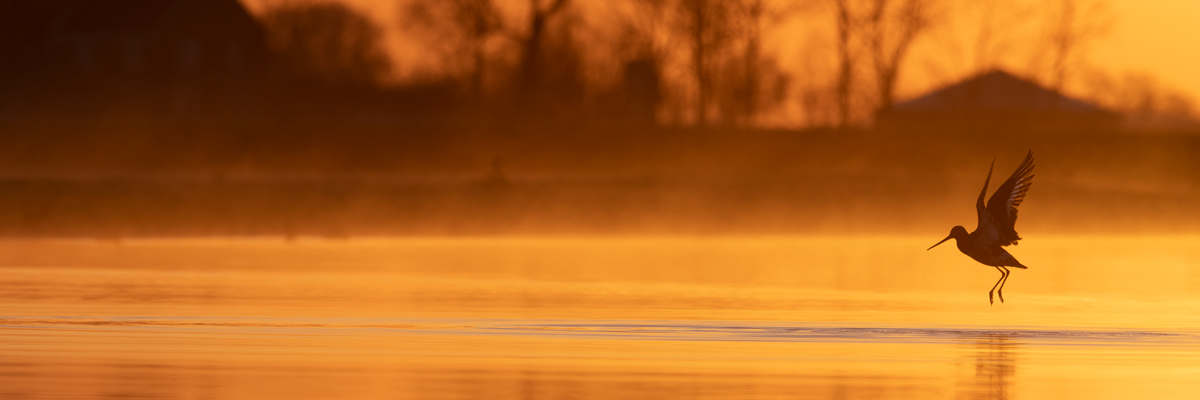
The call of the grutto in early spring is part of our childhood memory. This elegant meadow bird is part of our heritage and our national bird. Meadow birds are bird species that are largely dependent on agricultural grasslands for breeding. Unfortunately they are under pressure due to intensive farming. One reason more to put the grutto in the spotlights. Over the last weeks Willem spent some days photographing them on the meadows from various bird hides across Holland. They arrived in Holland in March from their wintering range in Africa. This year we have a cold spring with often sub minus temperatures in the early mornings, so a sleeping bag and a flasks of hot tea were essentials bird watching equipment. But it was worth the efforts because on early mornings the scenery was stunning with grutto’s in the mist in swampy grassland.
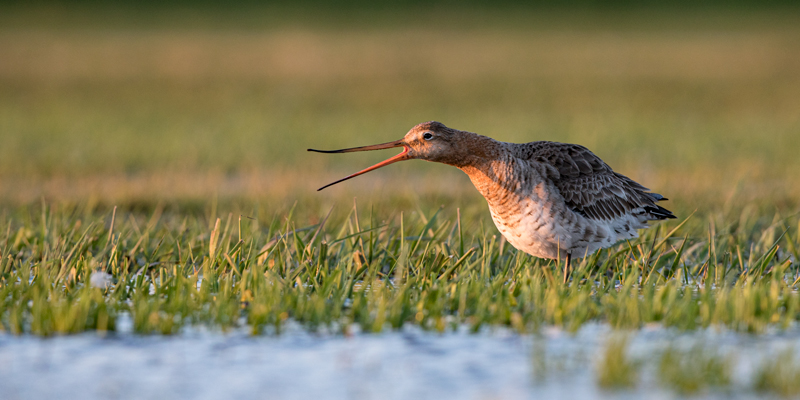
Grutto calling
The grutto is part of the godwit family which are large, long billed, long legged waders. Early in the year the birds migrate from West Africa via Southern Europe to their breeding grounds in Northern Europe. 50% of the global grutto population breeds in the Netherlands. Unfortunately, due to habitat loss and intensive agriculture the number of gruttos has been decreasing with around 5% per annum. So conservation efforts are much needed to save our national bird.
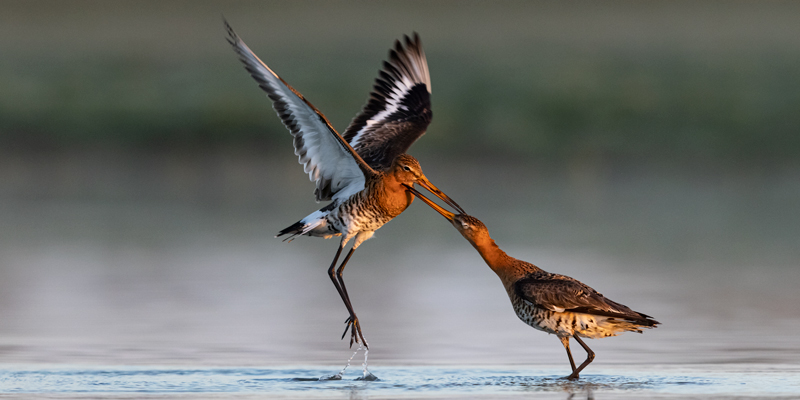
Acrobatic impression
The black tailed godwits breed in areas with swampy grassland. After their long journey their first priority is eating and resting. Once they have regained their strength the breeding season starts. Gruttos are monogamous but during the breeding season the males try to impress the females by acrobatic flying and loud vocal calls. All this courtship behavior results in mating after which the gruttos build their nest on higher dryer ground. Their chicks hatch during spring.
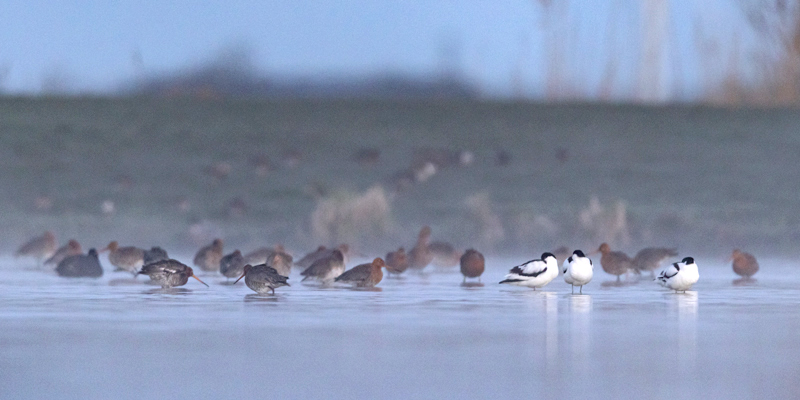
Bird magnet
Due to its abundant food resources the swampy grassland acts like a magnet for various species of waders and ducks. Throughout spring the gruttos are joined by other migratory birds that are so typical for Holland during spring time. Some of the species only stay here for a few weeks on their way to the breeding grounds further north. With some luck and patience, one could spot more than 20 different species during a day in the hide.


